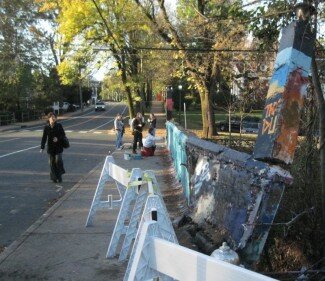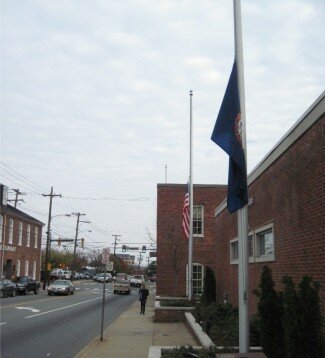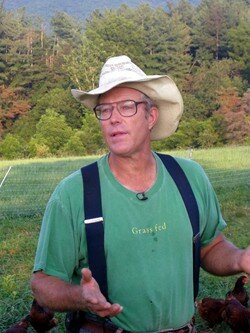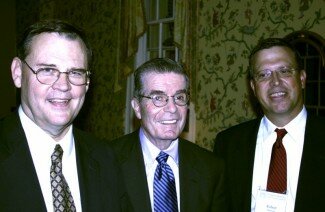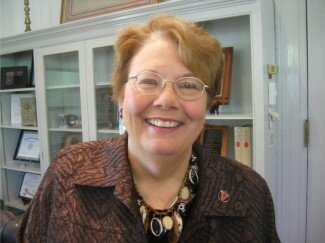 Although UVA President Teresa Sullivan allowed VQR editor Ted Genoways to keep his job, she’s called for University-wide changes by which “employee complaints about their supervisors can be taken, registered, and followed up.”
Although UVA President Teresa Sullivan allowed VQR editor Ted Genoways to keep his job, she’s called for University-wide changes by which “employee complaints about their supervisors can be taken, registered, and followed up.”
FILE PHOTO BY LISA PROVENCE
The same day the Hook published a cover story [Conflicting Tales: The unfolding tragedy at the VQR] on the conflicting tales surrounding what went on at the Virginia Quarterly Review before the July 30 suicide of its managing editor, UVA released an anticipated audit report (with responses written by UVA President Teresa Sullivan) on the magazine’s finances and management that presents even more conflicting information.
While editor Ted Genoways and other staff members will not be losing their jobs, unspecified “corrective action” will be taken regarding Genoways’ handling of VQR finances, his poor management style, his failure to provide his staff with the information they needed to do their jobs, and his failure to adhere to UVA policies in the treatment of his staff.
While Genoways hasn’t yet responded to the Hook for comment, he told the New York Times that the report lacked “a clear statement of the facts.”
“I suppose they don’t want to state my innocence too plainly, because it makes their actions — cleaning out my office, canceling the winter issue — look panicked and ill-considered,” Genoways told the Times. “But I think moving on will require greater honesty.”
The report concludes that while complaints were received about Genoways’ management of the magazine, no “specific allegations of bullying or harassment” were made before Morrissey’s death. However, as the report later recommends, “the current structure for receiving employee complaints needs to be re-evaluated by the University.”
In addition, what was revealed about the inner workings of the magazine has prompted the creation of a University-wide “task force” to “strengthen the institution’s policies and structure with regard to acceptable workplace conduct,” which includes “developing a structure within Human Resources in which employee complaints about their supervisors can be taken, registered, and followed up.”
Essentially, the report appears to have ignored the numerous complaints made after Morrissey’s death, as well as charges of harassment made by one former VQR staff member, 30-plus-year veteran Candace Pugh, in 2005. However, as UVA spokesperson Carol Wood points out, the audit report covers operations at the magazine only during the last two years.
![“I can’t see any situation in which Molly [Minturn] and I would work with Ted [Genoways] again,” says VQR assistant editor/circulation manager Shelia McMillen. hotseat-genoways1](/blog/wp-content/uploads/2010/10/hotseat-genoways1.jpg) “I can’t see any situation in which Molly [Minturn] and I would work with Ted [Genoways] again,” says VQR assistant editor/circulation manager Shelia McMillen.
“I can’t see any situation in which Molly [Minturn] and I would work with Ted [Genoways] again,” says VQR assistant editor/circulation manager Shelia McMillen.
FILE PHOTO BY JEN FARIELLO
The report did cite reports of Genoways “not being courteous or respectful with some contributors and colleagues,” and “problems with certain employees” in the past, but concluded that no reports “ever seemed to rise to the level of a serious, on-going concern.” However, that conclusion appears to conflict with comments made by Genoways himself, who has said (more)
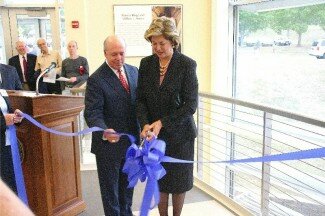 In September, Bill Moses and Patricia Kluge cut the ribbon on the science building at PVCC that bears their names. Now the winery that bears her name faces foreclosure.
In September, Bill Moses and Patricia Kluge cut the ribbon on the science building at PVCC that bears their names. Now the winery that bears her name faces foreclosure.

 Comments(58)
Comments(58)

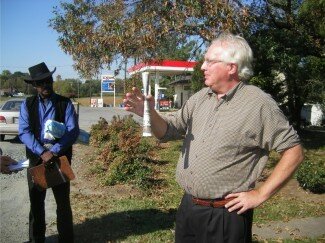

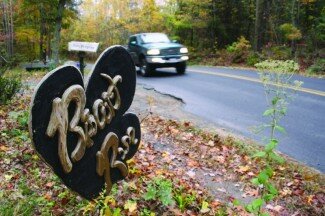
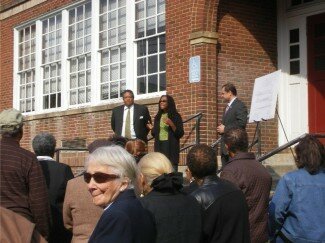
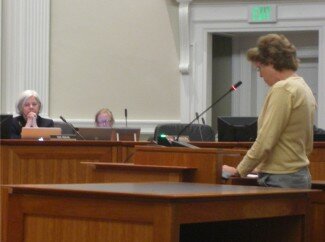

![“I can’t see any situation in which Molly [Minturn] and I would work with Ted [Genoways] again,” says VQR assistant editor/circulation manager Shelia McMillen. hotseat-genoways1](/blog/wp-content/uploads/2010/10/hotseat-genoways1.jpg)
